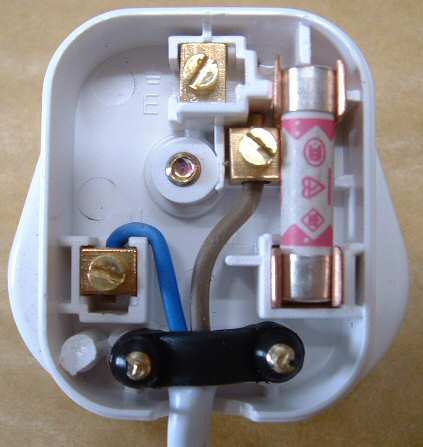Testing without a muultimeter.
How to tell if a ceramic fuse is blown without a multimeter.
If you don t hear any noise coming from the meter then the fuse is blown and should be replaced.
Testing a ceramic fuse is the only way to tell if the fuse has blown.
If the fuse seems stuck use pliers for this.
If you re using a digital multimeter set to measure resistance touch the probes together to get an initial reading.
With an ohmmeter or multimeter you should see a reading close to zero ohms if the fuse is intact or infinite if it s blown.
To test a fuse without multimeter take a flashlight equipped with a flat battery.
A ceramic fuse however shows no damage upon visual inspection.
Some fuses are fitted with control pellets that self destruct when they are blown.
This is necessary for ceramic fuses since they don t develop a blackened appearance like blown glass fuses.
It will show scorch marks and the filament will be melted.
If you have glass fuse you can easily see if fuse is burned or not for ceramic types you will need continuity checker multimeter ohmmeter for continuity checker put fuse on black and red lead and if you hear beep than your fuse is ok if theres no beep fuse is burned for multimeter ohmmeter set multimeter to ohm setting closest to 1ω and put one lead on each end of the fuse and look at the.
A homeowner can determine if a glass fuse in blown by performing a visual inspection and looking for a break in the thin wire and a brown discoloration in the center of the fuse.
To do this use a voltmeter ohmmeter.
You need to test whether the ceramic fuse has blown.
Listen for the multimeter to beep continuously as you hold the probes against the fuse.
Unscrew the bulb and get the.
To check a ceramic fuse use an ohmmeter or continuity tester.
The fuse is dead if the display shows the value 1 or no sound is heard.

